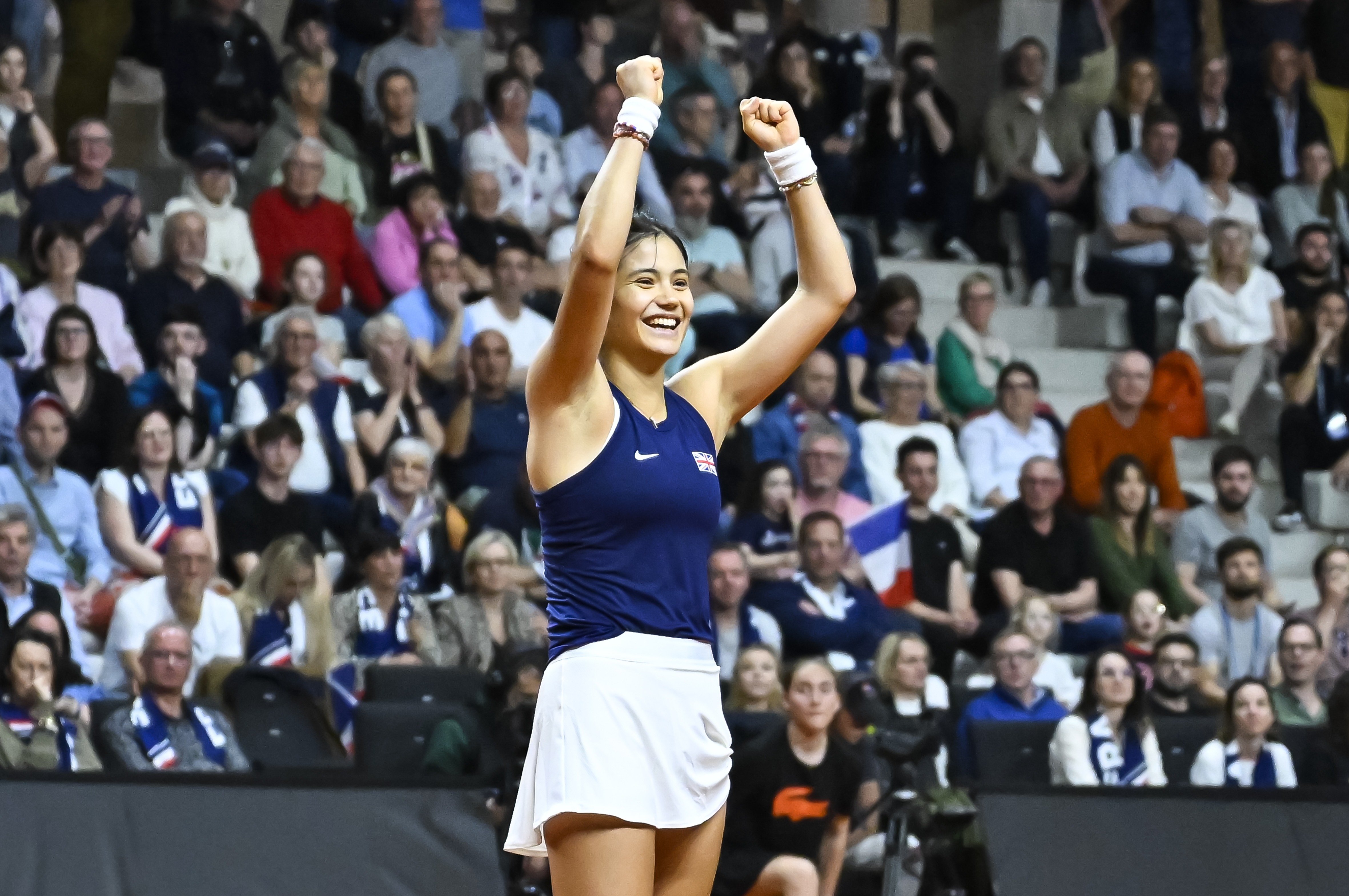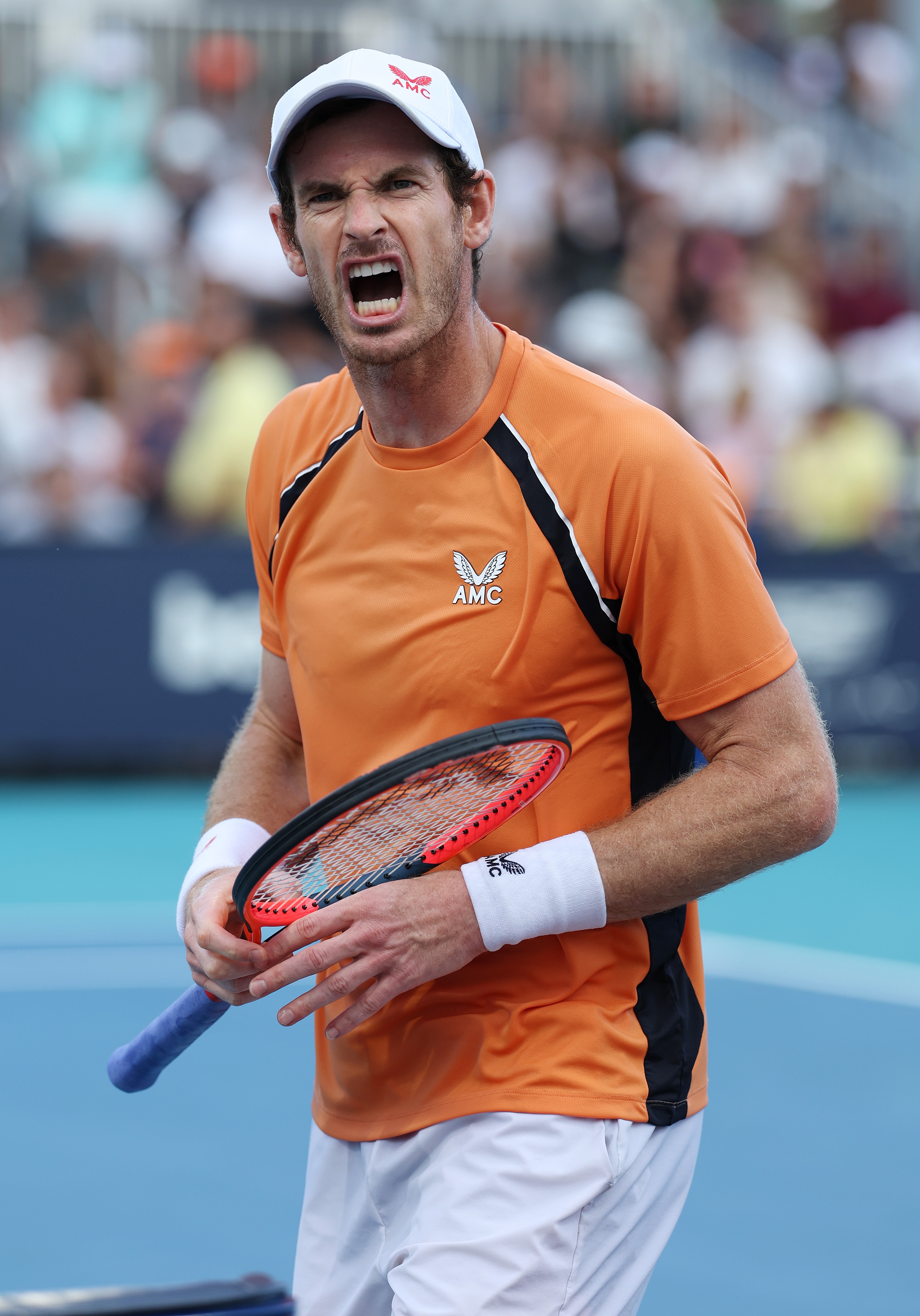Andy Murray's Injury Update
After a severe ankle injury last month, Andy Murray will not require surgery on his left ankle as he prepares to make his tennis comeback. The injury occurred during his exit from the Miami Open, where he damaged two ankle ligaments.
Rehab Progress and Wimbledon Hopes
Murray, 36, ruptured his ATFL and CFL ligaments during a match in Florida. The good news is that he will not need an operation, increasing his chances of participating in the Wimbledon Championships in July. His rehab progress is on track, with hopes of returning to the court soon.
Paris Olympics and Emma Raducanu's Clay Court Challenge
As Murray aims for a 16th Wimbledon appearance, Emma Raducanu is also eyeing the Paris Olympics. The former US Open champion is working hard to secure a spot at the Games, showcasing her adaptability on clay courts.
Raducanu's Road to the Olympics
Raducanu, 21, recently faced tough opponents on clay courts and is determined to earn a place at the Olympics. She emphasized the importance of hard work behind the scenes and the need for proper recovery and physical conditioning.

Frequently Asked Questions
What does the daily training schedule of a top tennis player look like?
Tennis players have an intense and structured daily routine. The daily training regimen of a top tennis player is rigorous and meticulously structured. It includes many hours spent on the court, with a focus on technical drills. Players also participate in training sessions that are designed to improve strength, endurance, and agility. These sessions are complemented with flexibility and recovery exercises, such as massages, stretching, or physiotherapy. Athletes must also maintain peak performance mentally and physically by ensuring proper nutrition.
What type of fitness is necessary for tennis players?
Tennis is a physically demanding sport that requires a combination of aerobic endurance, anaerobic fitness, speed, strength, and power. Tennis players are often required to do cardiovascular exercises in order to improve their endurance. They also need to perform plyometrics, explosive exercises, and weight training exercises in order to gain strength. The core stability exercises and balance drills are important for developing the muscular endurance, coordination, and strength necessary to handle the physical demands in tennis.
What kind support team do top tennis players need?
Tennis players need a solid support team in order to perform at their best. The team usually includes a professional head coach for training and technique, an experienced fitness trainer, a physiotherapist to help with physical conditioning, an injury management specialist, and a sports psychologist to assist in mental coaching. A hitting partner can also be included, along with a manager, agent, or sometimes a’stringer’. These people ensure that the player can focus exclusively on his/her game.
How important are junior tennis tournaments in a career of professional tennis?
A junior tournament is a key step to a successful tennis career. These tournaments provide young athletes with the opportunity to test their skills against their peers, gain valuable match experience, and learn to cope with the psychological demands of competitive play. Junior tournaments also serve as a stepping stone to higher-level competitions and can significantly impact a player’s ranking, visibility to coaches and sponsors, and their overall development as a player.
How do mental and psychological aspects factor into tennis training?
Mental and psychological preparation is just as important as physical preparation in tennis. The player must be able to control stress, maintain concentration, and manage the emotional highs, and lows, of competition. Visualization, goal-setting and mental rehearsals can be common techniques. Working with a sport psychologist can help players develop resilience, learn coping techniques for pressure situations and improve their mental performance to match their physical abilities on the court.
Statistics
- Engaging in structured video analysis sessions has been shown to improve a player’s tactical decision-making by approximately 35%.
- Nutritionists report that a tennis player’s diet should consist of about 55-60% carbohydrates, 15-20% protein, and 20-25% fats during intense training periods.
- Studies show that superior agility and speed among tennis players can reduce their reaction time by up to 30%, which is crucial during high-level matches.
- Persistent mental training and sports psychology can help reduce performance anxiety by up to 60%, according to sports psychologists working with elite athletes.
- Research indicates that junior tennis players who compete in international tournaments gain significant psychological advantage and experience, with participation leading to a 50% better transition into professional rankings.
External Links
optimumtennis.net
usta.com
tenniscompanion.org
atptour.com
topendsports.com
How To
How to Recover From Tennis Workouts?
It is important to recover properly after an intense tennis session in order to avoid injury and prepare your body for future sessions. Cool-down with light cardio, which will gradually reduce your heart rate. Follow this with static stretching to promote flexibility and reduce muscle tightness. Utilize recovery techniques such as foam rolling or massage to alleviate muscle soreness and aid in lactic acid removal. Hydration is crucial; replace fluids lost during exercise, and replenish electrolytes if necessary. Pay attention to post-workout nutrition by consuming carbohydrates and protein to restore glycogen stores and repair muscles. Rest days should be included in your training program to allow for full recovery.

